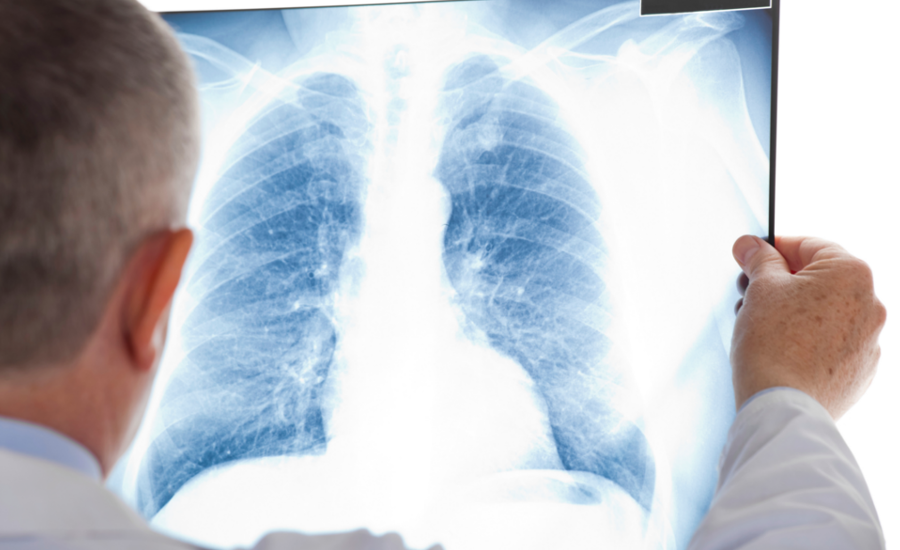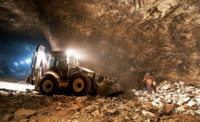Black lung on the rise since 2000

Credit: Getty Images
After reaching a low point in the late 1990s, the national prevalence of coal worker’s pneumoconiosis (black lung) in miners with 25 years or more of tenure now exceeds 10 percent and in some areas is much higher than that, according to a study published in the American Public Health Association’s American Journal of Public Health (AJPH).
This study found that black lung is increasing among working coal miners. In central Appalachia, 20.6 percent of miners working more than 25 years have black lung disease. When the study excluded miners from central Appalachia, the prevalence for the remainder of the United States was lower, but an increase since 2000 remained evident.
Study authors predict current black lung prevalence estimates will likely be reflected in future trends for severe and disabling disease, including progressive massive fibrosis (the development of large conglomerate masses of dense fibrosis in the upper lung zones that can complicate silicosis and black lung).
Study Author: A. Scott Laney, Surveillance Branch, Respiratory Health Division, National Institute for Occupational Safety and Health, Centers for Disease Control and Prevention, Morgantown, WV. “Continued Increase in Prevalence of Coal Workers’ Pneumoconiosis in the United States, 1970–2017”].
Click here for more highlights of the September issue of AJPH.
Looking for a reprint of this article?
From high-res PDFs to custom plaques, order your copy today!







